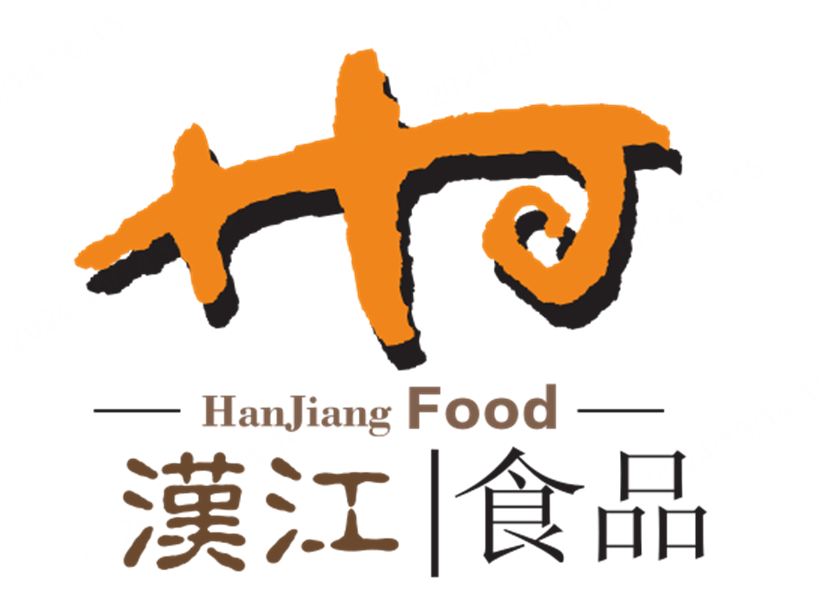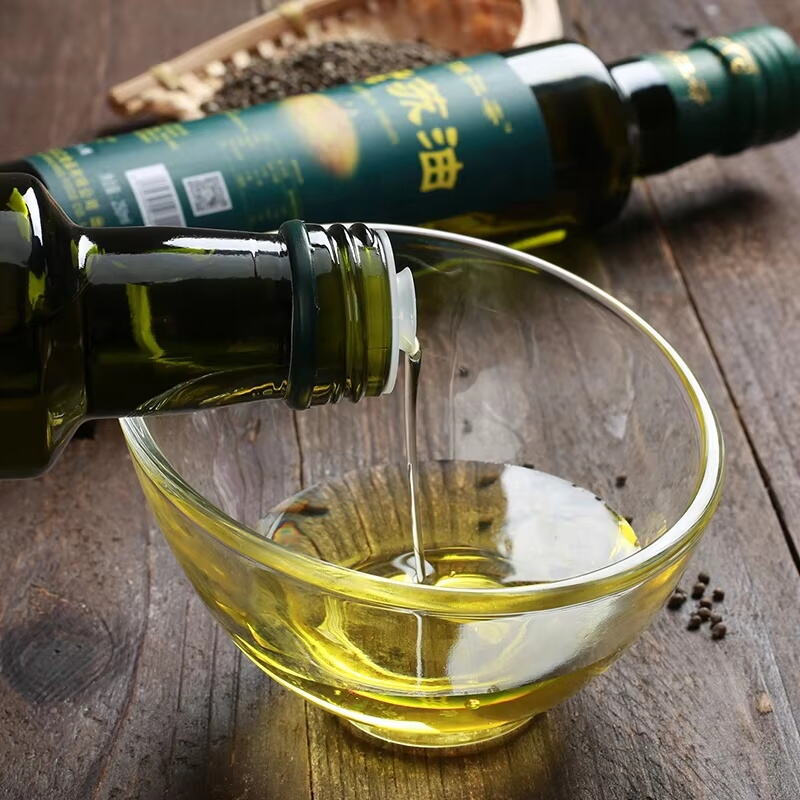Introduction to Screw Oil Press vs. Hydraulic Oil Press
Overview of Oil Extraction Methods
Oil extraction serves as a critical component in various industries, from food production to biofuel creation. The two primary methods of oil extraction are screw oil pressing and hydraulic pressing. In screw oil pressing, the machinery uses rotating screws to forcefully expel oil, while hydraulic pressing employs hydraulic pressure to extract oil from raw materials. Historically, both methods have played significant roles in agriculture. Screw oil presses, with their high efficiency, evolved from traditional methods, enabling faster oil production. Conversely, hydraulic presses, known for their precision and quality yield, have been staples in industries preferring gentle extraction processes. Both technologies continue to advance, meeting modern-day demands and efficiency needs in the oil extraction landscape.
Key Roles in Industrial and Small-Scale Production
When differentiating between industrial-scale and small-scale oil production, the focus primarily lies in efficiency, yield, and equipment requirements. Industrial-scale production requires high output and rapid processing, making screw oil presses favorable for their efficiency and ability to handle large quantities of material. In small-scale settings, hydraulic oil presses are often preferred due to their precision and higher-quality yield. These machines effectively cater to niche market needs, such as organic or speciality oils. Current market statistics highlight a balanced distribution, with approximately 60% of operations favoring screw oil presses for large-scale production and 40% opting for hydraulic presses in small-scale settings. This balance underscores the versatility and indispensable roles both screw and hydraulic oil presses play across different production scales.
Process Flow of Screw Oil Press Technology
Mechanical Compression via Rotating Screw Shaft
The screw oil press utilizes a rotating screw shaft to mechanically compress oil from seeds, offering a modern and efficiency-driven approach to oil extraction. This rotary movement enhances speed and productivity by ensuring continuous pressure on the seeds, enabling efficient oil release. One of the significant advantages is the production speed, which far surpasses traditional methods and is suitable for industrial scales. Furthermore, empirical data supports the high efficiency of screw presses, particularly when processing seeds like sunflower and soybean, showing efficiency ratios as high as 80-85% in oil yields.
Step-by-Step Operation: Feeding to Oil Collection
The operation of a screw oil press machine is a detailed process that starts from the feeding of seeds and culminates in collecting the extracted oil. The workflow includes several critical steps such as seed feeding, where seeds enter the pressing chamber, followed by gradual compression via rotating screws to expel the oil. Each stage is crucial and potential issues, such as clogging or inadequate feed rates, could hinder efficiency. Though diagrams or flowcharts might be useful, understanding this sequence ensures optimal operation and maximizes the yield from each batch.
Temperature Generation and Its Impact on Nutrients
Friction and mechanical actions during the screw press process generate significant heat, impacting the thermal environment. While high temperatures facilitate immediate oil release, they can also degrade oil quality by affecting nutrient preservation, influencing flavor and health benefits. Studies, including those from the Journal of Food Science, indicate a correlation between elevated temperatures and diminished oil quality. Balancing temperature management is vital to maintain nutrient integrity while ensuring efficient extraction.
Process Flow of Hydraulic Oil Press Technology
Hydraulic Cylinder Pressure Application
In hydraulic oil press technology, hydraulic pressure is applied to efficiently extract oil from seeds and nuts. Unlike mechanical methods, the hydraulic system allows for precise pressure adjustments, tailoring the force based on the specific seed type or its characteristics. This flexibility is a significant advantage, as it improves extraction efficiency and yields. Various case studies have highlighted successful applications of hydraulic presses in diverse settings. For instance, they have been effectively used in extracting oil from soybeans and rapeseeds, illustrating their adaptability to varying crop properties.
Batch Processing: Chamber Loading to Cake Removal
The batch processing cycle in hydraulic oil press technology involves meticulous steps from chamber loading to oil extraction and, finally, cake removal. Loading seeds into the chamber is followed by the application of hydraulic pressure to extract oil. Once the oil is collected, the leftover residue, or the cake, is removed. This batch processing method is often contrasted with continuous processing for its operational efficiencies. In small-scale operations, batch processing is preferable for its sustainability, as it allows for precise control over each stage of extraction without excessive waste or energy consumption.
Cold-Press Advantages for Nutrient Retention
The cold-press method within hydraulic oil press technology offers distinct advantages in terms of preserving nutrients and natural flavors. Unlike traditional methods that generate high temperatures, potentially degrading oil quality, cold-pressing maintains the integrity of the oil's nutritional profile. This method aligns with growing consumer preferences for healthy and natural Products, as cold-pressed oils are known for retaining more vitamins and antioxidants. Comparative data underscores the superior nutrient retention in cold-pressed oils compared to oils produced by conventional methods, thus enhancing their market appeal and demand.
Technology Comparison: Efficiency and Output
Pressure Levels: Hydraulic vs. Mechanical Systems
When comparing hydraulic and mechanical systems in oil extraction, the pressure levels play a critical role in determining the efficiency of oil yield. Hydraulic systems are known for applying greater pressure than mechanical systems, allowing for more efficient extraction processes. This results in higher yields and better quality oil due to the precise application of pressure according to the seed type and characteristics. Industry benchmarks often indicate that hydraulic presses, with their variable pressure settings, outperform screw oil systems, particularly in extracting oils from denser seeds like nuts and seeds with thicker shells.
Oil Yield Differences Across Seed Types
The type of seed significantly influences the oil yield across screw and hydraulic presses. For instance, softer seeds like sunflower and flaxseed typically yield more oil. In contrast, harder seeds such as peanuts and walnuts require specialized equipment to achieve optimal extraction rates. Studies suggest that while screw systems are sufficient for high-oil seeds, hydraulic presses are preferred for less common or tougher seeds. Reports often show that with suitable technology selection, oil yields can increase by as much as 30%. By choosing the correct system, growers can maximize output and efficiency, saving time and increasing profitability.
Temperature Control: Nutrient Preservation vs. Speed
Achieving the right balance between temperature control and processing speed is crucial for oil extraction. Retaining nutrients often requires lower temperatures, which can slow down the process. Cold-press methods, commonly associated with hydraulic presses, allow for nutrient retention without applying excessive heat, preserving essential oils and flavors. Conversely, higher temperatures can speed up processing but may degrade sensitive nutrients. Experts often highlight the importance of maintaining temperatures below 50°C for optimal nutrient retention, suggesting specific cold-press systems capable of achieving this benchmark while maintaining speed and efficiency.
Application Differences and Material Suitability
Screw Press Versatility for High-Volume Processing
Screw presses are celebrated for their versatility and adaptability, offering a high degree of efficiency across various oilseeds and processing volumes. These presses are ideal for industries where high-volume processing is paramount, such as the food and pharmaceutical sectors. Their ability to process diverse seeds like sunflower, sesame, and soybeans makes them indispensable for companies focused on large-scale production. Market trends indicate a rising preference for screw oil presses, primarily due to their capacity for continuous operation and high oil yield, making them a cornerstone in mass production environments.
Hydraulic Press Precision for Delicate Oilseeds
When it comes to handling delicate oilseeds, hydraulic presses stand out for their precision and efficacy. These machines are particularly beneficial for extracting oil from seeds such as sesame and flax, where maintaining oil quality and flavor is crucial. Industries focusing on premium or specialty oils often favor hydraulic presses due to their capability to exert controlled pressure, thus preserving the nuanced taste and nutritional profile of the oils. This precision aligns with market segments prioritizing high-quality outputs, reflecting the press's significance in boutique or specialty oil production.
FAQ
What is the difference between screw oil press and hydraulic oil press?
The primary difference is in the mechanism used for extraction. Screw oil presses use rotating screws to forcefully expel oil, while hydraulic presses employ hydraulic pressure for extraction.
Which oil press is better for small-scale production?
Hydraulic oil presses are often preferred for small-scale production due to their precision and higher-quality yield.
How does temperature affect oil extraction?
Temperature impacts the nutrient preservation in oil extraction. High temperatures facilitate fast oil release but may degrade quality, while lower temperatures preserve nutrients.
Can screw oil presses handle all types of seeds?
Screw oil presses are versatile but are typically more effective for seeds with high oil content. Hydraulic presses are preferred for tougher or less common seeds.

 EN
EN
 DA
DA
 AR
AR
 NL
NL
 FI
FI
 FR
FR
 DE
DE
 EL
EL
 HI
HI
 IT
IT
 JA
JA
 KO
KO
 NO
NO
 PL
PL
 PT
PT
 RU
RU
 ES
ES
 SV
SV
 TL
TL
 ID
ID
 SR
SR
 UK
UK
 VI
VI
 HU
HU
 TH
TH
 TR
TR
 FA
FA
 AF
AF
 MS
MS
 GA
GA
 MK
MK
 HY
HY
 KA
KA
 BN
BN
 LA
LA
 MN
MN
 NE
NE
 MY
MY
 KK
KK
 UZ
UZ
